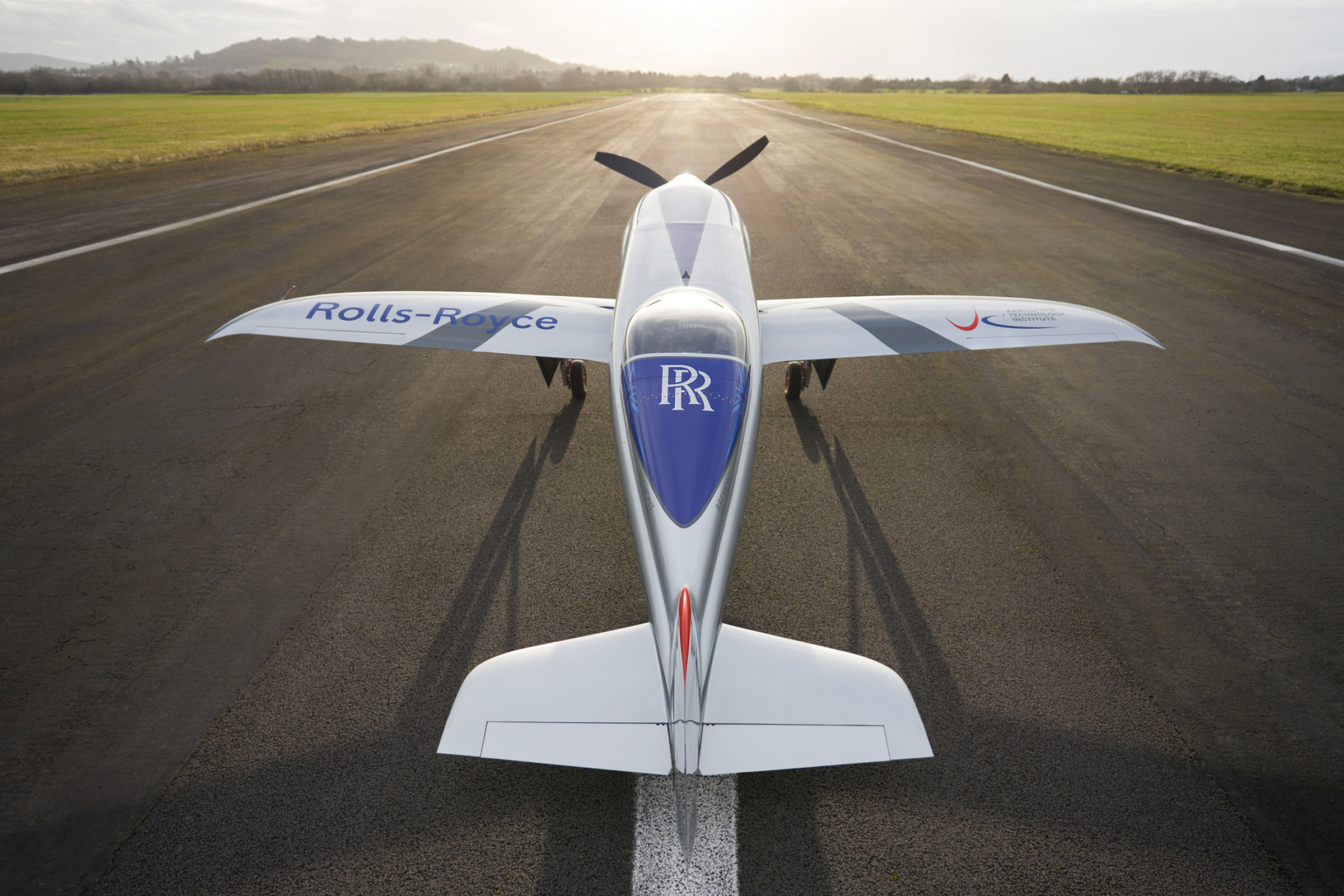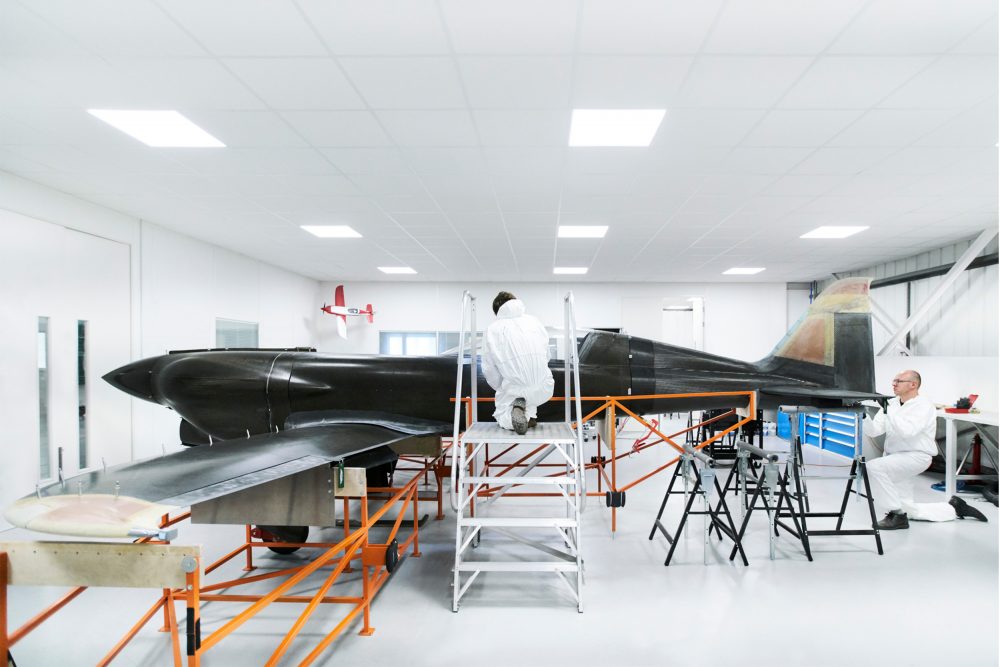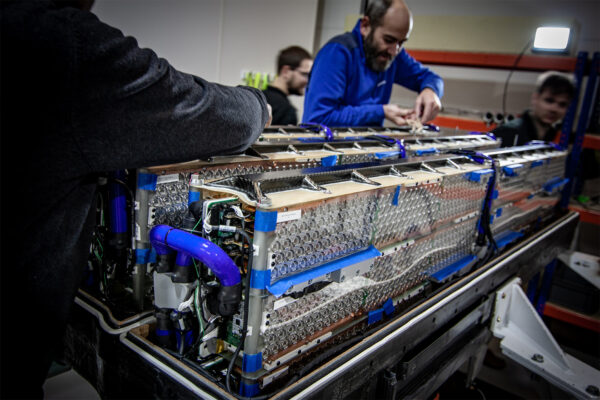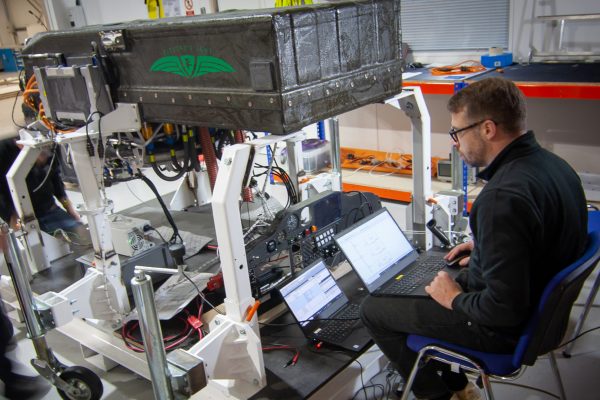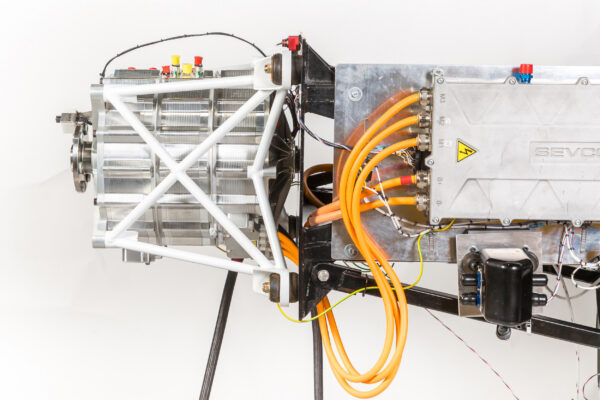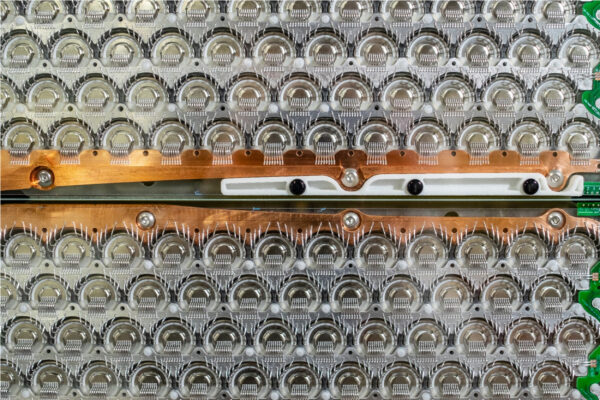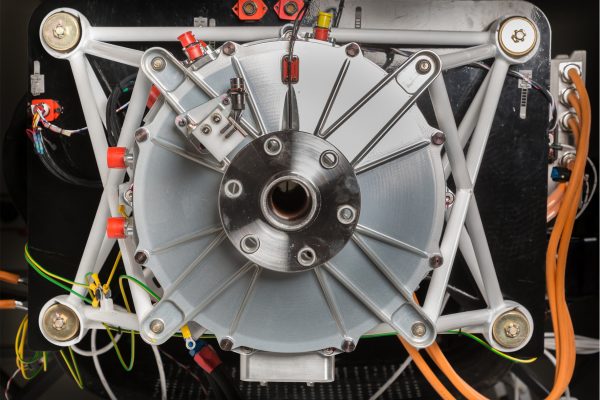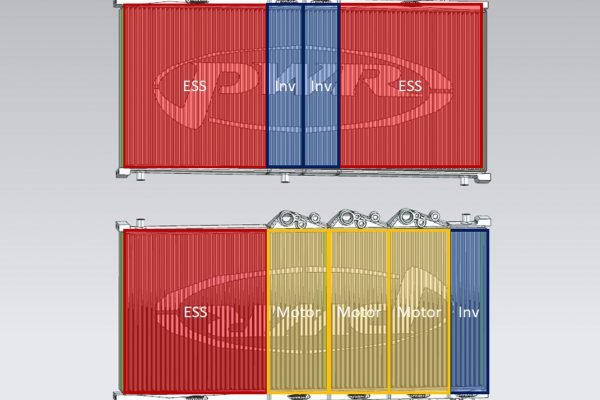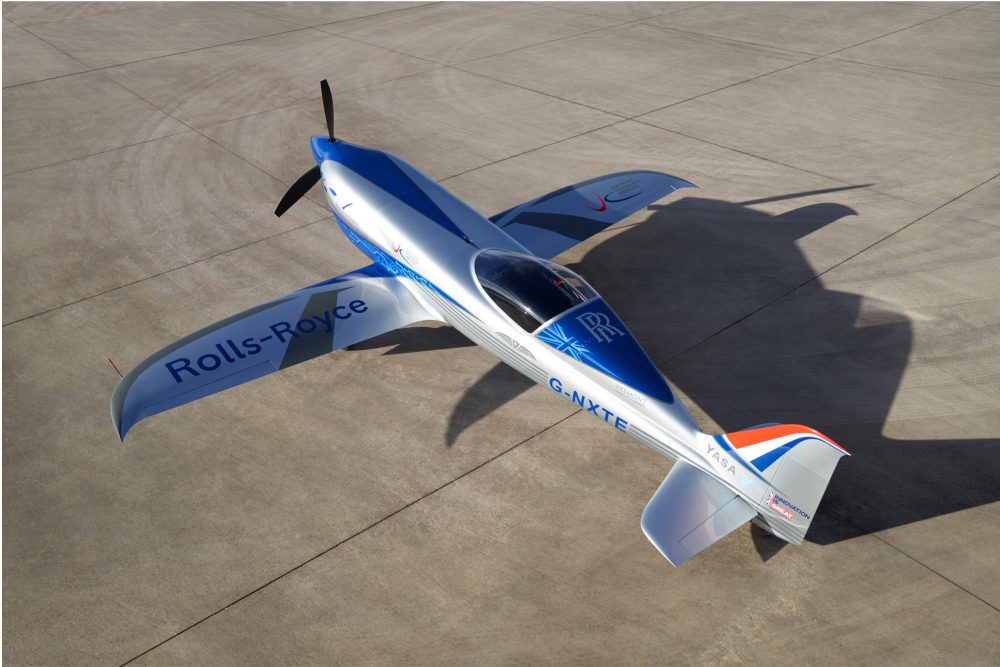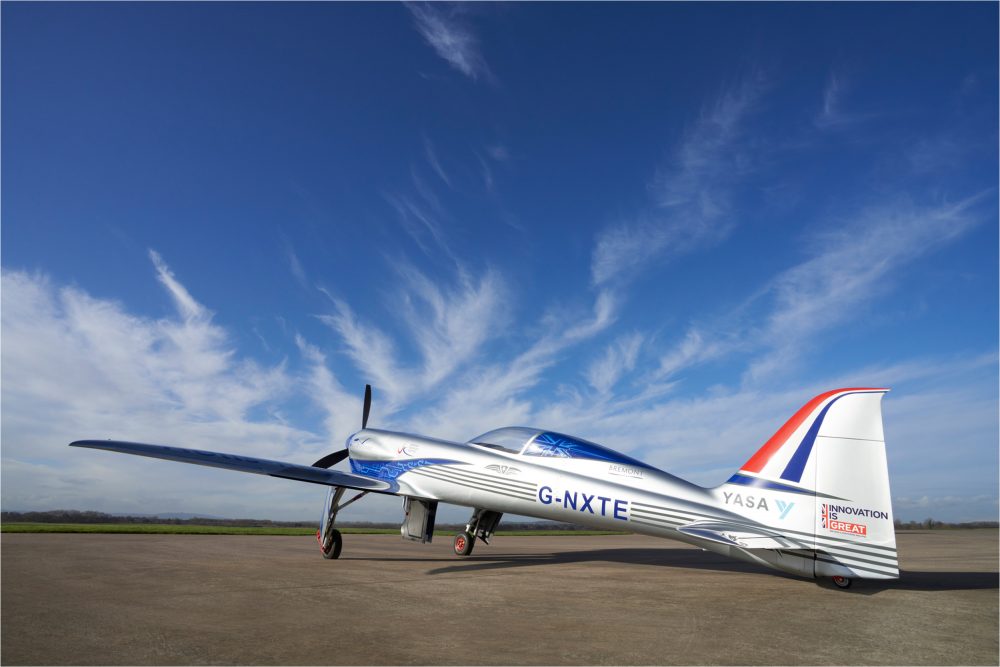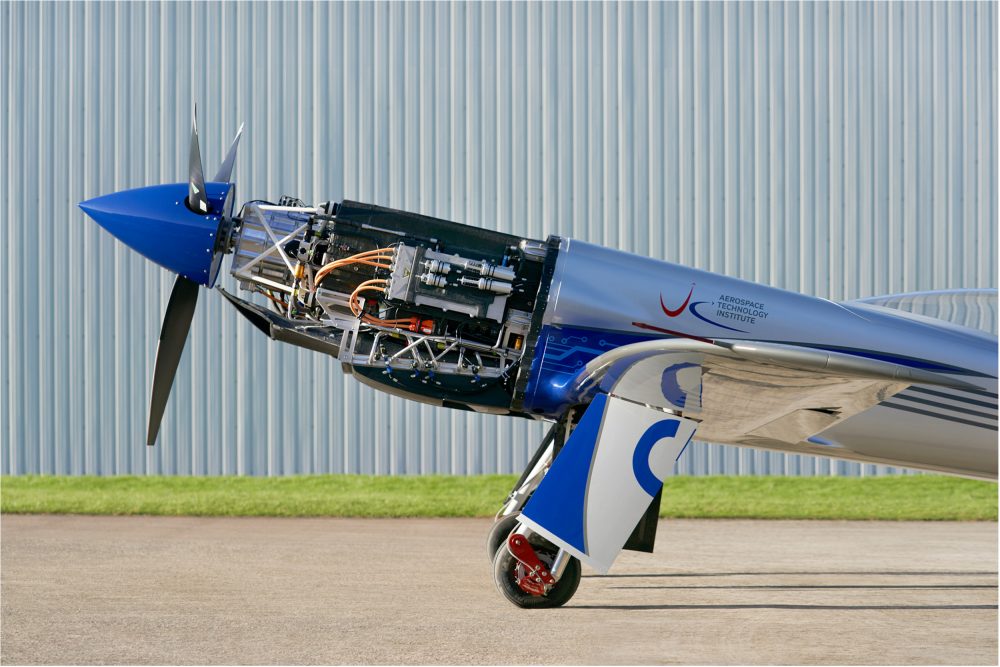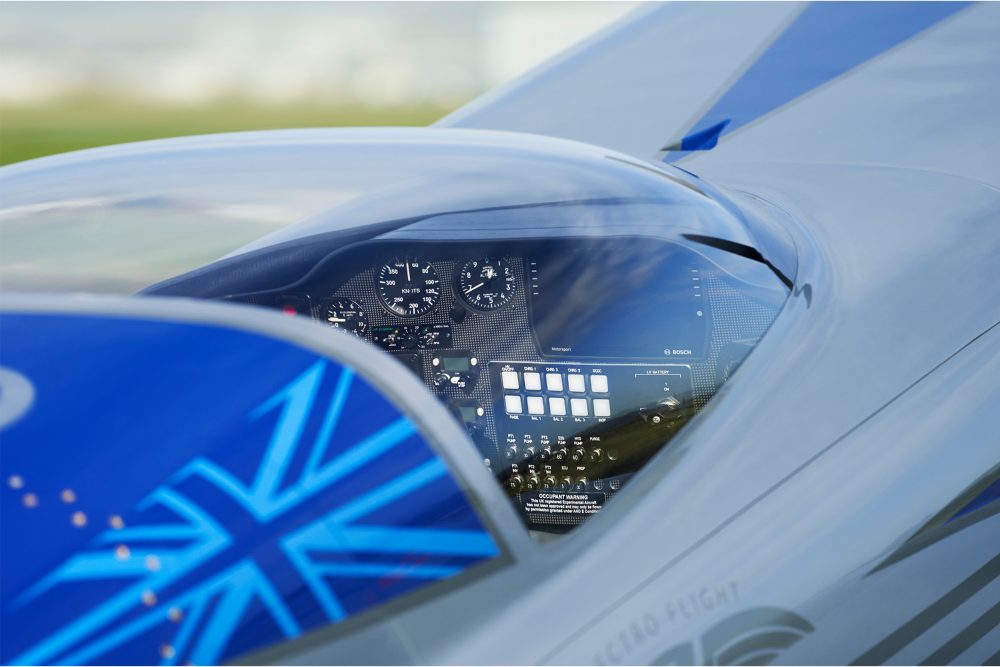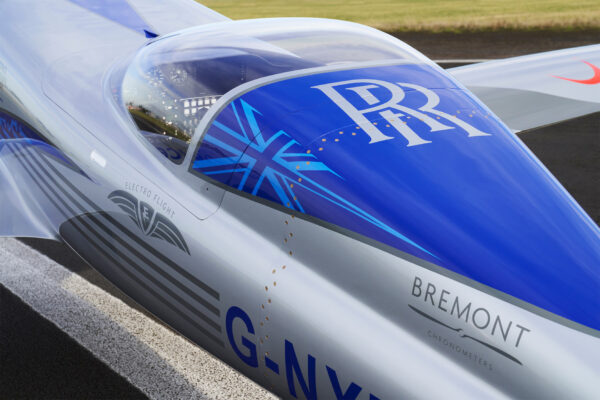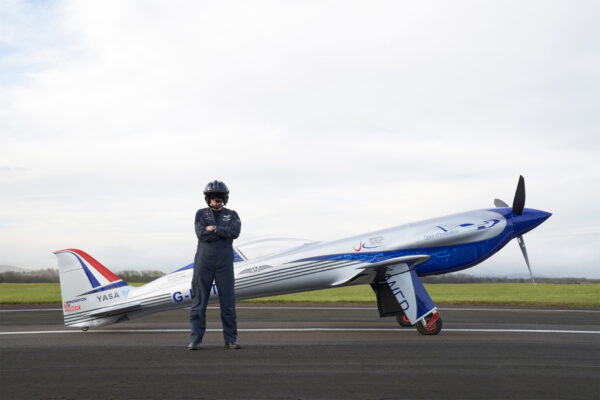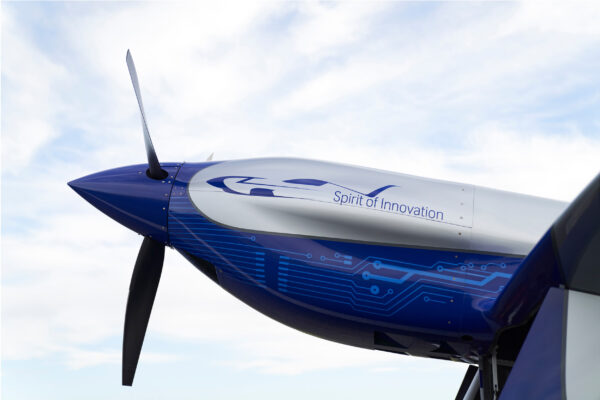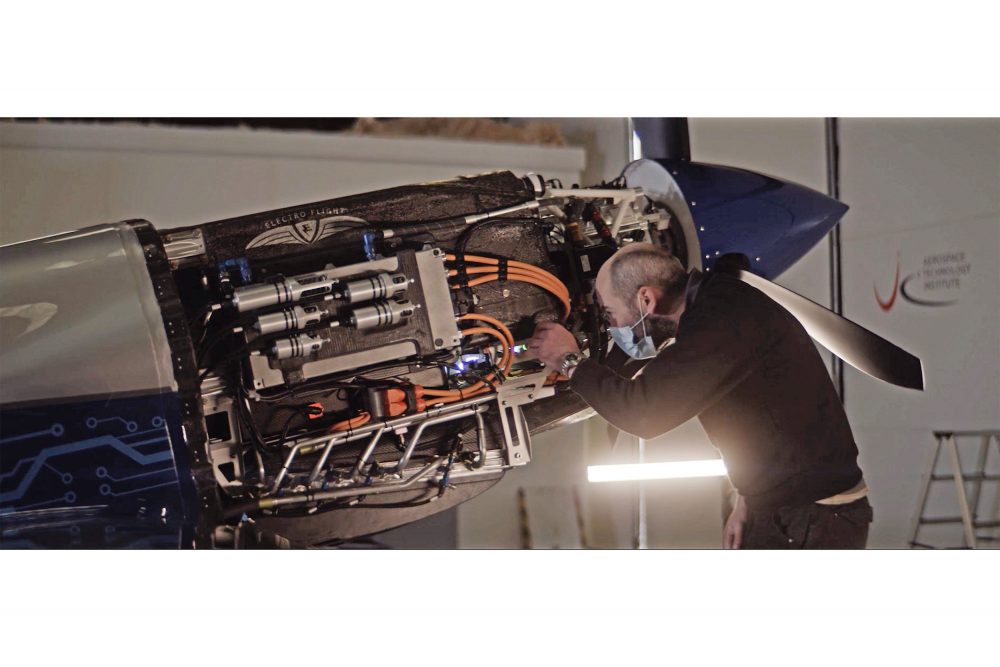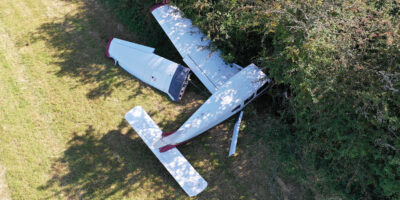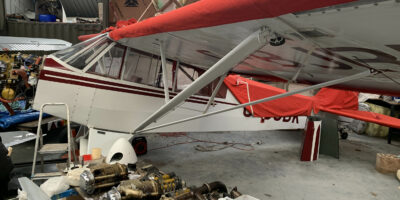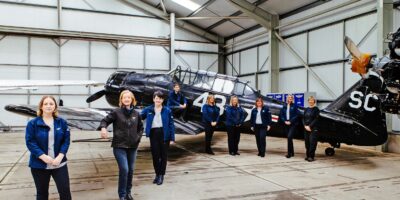The project started in 2018 with Rolls-Royce agreeing the ACCEL project with start-up Electroflight, brainchild of engineer Roger Targett, who among a variety of engineering achievements had already started down the electric speed record journey with his P1E, which was soon recognised as being underpowered with only 150kW. The basis for ACCEL’s aircraft came from the Nemesis NXT, an aircraft designed and raced by Jon Sharp for air racing at Reno, the holder of multiple speed and race records, and so successful that the prototype is now displayed at the US National Air and Space Museum. Already optimised for high-speed flight, the thin NASA Natural Laminar Flow wing contained no fuel, with the aircraft having a single 340 litre fuel tank in the fuselage right over the main spar (and C of G), so conceptually it seemed a sound starting point. Being a racing aircraft rather than a pure speed record machine, the aeroplane has a very efficient wing and is happy sitting at 3-4G in a turn without generating excessive amounts of drag.
The immediate problem was that only 10 kits had been constructed, and finding an unbuilt version proved problematic. The team were reluctantly considering the purchase of a pre-built aircraft, but were not keen to take on any third party build quality issues. Fortunately the very last unbuilt kit was tracked down to the back of a hangar near Paris, France, and was rapidly acquired, along with another NXT which had been damaged in a landing accident. This latter airframe was used for ground testing and, with a nod to such aircraft usually being referred to as ‘Iron Birds’ (as in not flying), was christened the ionBird.


